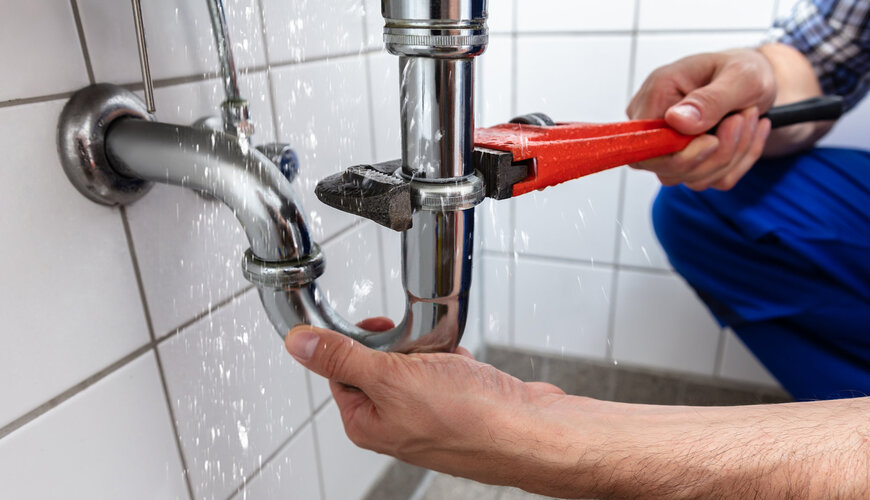
Depending on what your home insurance policy states, you may not be able to claim compensation for water leaks. Most of the time, it’s only paid if the water damage is a result of a sudden or accidental event. If your property suffers from flooding, it’s important to dry the area as soon as possible to prevent mould growth.
Insurance companies only pay if the cause is sudden or accidental
Generally, insurance companies only cover compensation for water leaks when they are caused by “sudden and accidental” events. These may include a leaking pipe, a flood, or a broken appliance.
However, in order to make a claim, you must have some proof that the claim was actually possible. This is particularly important when the cause of the leak was not immediately obvious.
For instance, did your insurer tells you it would be a good idea to hire a plumber to fix the problem? You should also ask about any other coverages that are included in your policy. If you do not have any of these, it may be time to switch.
There are several things that should be included in a water damage claim, but the best way to determine what is covered is to ask your agent. This will give you a better idea of what to expect and how to proceed.
Most homeowners insurance policies only cover resulting damages from a water leak that was “sudden and accidental.” Typically, this means that the leak occurred without your knowing it. Also, visit
Tenant Housing Disrepair Lawyers
Drying water-damaged areas can prevent mould growth
Whether you are claiming compensation for water leaks or attempting to prevent mould growth, drying water-damaged areas is a very important step. The longer you wait to dry water-damaged areas, the higher the risk of further damage and mould growth.
Mould grows in damp, dark and poorly ventilated places. These include basements, crawl spaces and bathrooms. You may also see signs of mould on walls, floors, carpeting and under furniture.
Once you have determined the source of the water, you should begin to dry the affected area. Using a dehumidifier can reduce moisture in a water-damaged area and reduce the possibility of mould growth. Depending on the size of the damage, you will need to run the dehumidifier for at least 24 hours.
In addition to removing moisture, you will need to disinfect the affected surfaces. Use a consumer-grade disinfectant that kills bacteria. You can also apply undiluted white vinegar to stop mould growth on soft surfaces.
Flood water damage isn’t covered by homeowners insurance
Fortunately, home insurance can cover most types of water damage. However, it’s important to know what exactly is covered by your policy and what isn’t.
Typically, standard homeowners insurance policies don’t cover flood damage. But you may need to purchase a separate flood insurance policy. The National Flood Insurance Program (NFIP) offers adequate coverage for most flooding events.
Some homeowners find it helpful to hire a contractor to estimate the cost of repairs. Depending on the policy, they may be reimbursed for temporary living expenses while the home is repaired.
Water damage is caused by a variety of reasons, including leaks, bad plumbing, and negligence. If you aren’t sure if your policy covers water damage, call your insurer or agent for more information.
The insurance company will send an adjuster to assess the damage. He or she will ask you specific questions to determine the scope of the loss. Once they have a handle on the issue, they will review the policy language with you. Read More


